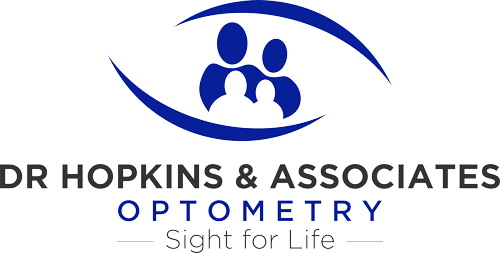 Both headaches and problems with the visual system can negatively impact your life. But did you know that they can be connected?
Both headaches and problems with the visual system can negatively impact your life. But did you know that they can be connected?
Visual problems caused by strokes, neurological conditions, and concussions can all result in debilitating headaches. The underlying cause of these headaches can go undiagnosed for weeks, months, and even years.
If you have an acquired neurological problem and unexplained headaches, consider visiting a neuro-optometrist.
Book a functional eye exam with Niagara Vision Therapy Centre at Dr. Hopkins & Associates Optometry in Niagara on the Lake or St. Catharines to see if visual system issues related to undiagnosed visual problems could be the source of your headaches.
What Defines Visual System Problems?
Visual system issues refer to disorders that impact the eyes, brain, or nerves that control vision.
Some of these disorders are present at birth, while others are acquired in childhood, adolescence, or adulthood. Traumatic brain injuries, strokes, and medical conditions like multiple sclerosis can negatively affect how the eyes function.
The result can be poor visual acuity, double vision, and even painful headaches.
How Visual System Problems Cause Headaches
Neuro-visual disorders can cause headaches because they put a strain on the eyes and the muscles around them.
When the eyes work harder to focus, this leads to tension in the neck, face, and head — resulting in painful headaches,
Added to this, neuro-visual disorders that result in double vision or misalignment of the eyes (such as amblyopia, strabismus, and binocular vision dysfunction) can cause headaches because the brain works harder to process conflicting information.
Amblyopia, Strabismus, and Binocular Vision Dysfunction
These 3 conditions are caused by neurological deficits that affect how the brain and eyes communicate.
- Amblyopia, commonly known as "lazy eye," is a condition caused by the brain favoring one eye over the other. This leads to the weaker eye experiencing poor vision, and the eyes struggling to see clearly, resulting in headaches.
- Strabismus, also called “crossed eyes,” causes double vision and confuses the brain. As the brain tries to process confusing visual information, the eyes and their muscles become strained, causing headaches.
- Binocular vision dysfunction (BVD) is a condition where the eyes struggle to work together as a team, leading to fatigue and headaches, especially during sustained vision tasks like reading, computer work, or driving.
Fortunately, all 3 conditions respond well to neuro-optometric rehabilitation.
How Neuro-Optometric Rehabilitation Can Help
Neuro-optometric rehabilitation (NOR) is a type of vision therapy that addresses the underlying neurological problems that cause visual problems. It’s a combination of optometry, neurology, and rehabilitation techniques that are designed to improve visual skills such as eye teaming, focusing, and tracking.
NOR is often used to treat the visual symptoms resulting from traumatic brain injuries (TBI), strokes, and other neurological disorders that impact the visual system. The symptoms may include double vision, blurred vision, light sensitivity, and difficulty reading.
A neuro-optometrist begins by evaluating the visual system to see how well the eyes are working. If problems are found, they will create a customized treatment plan to address any visual shortcomings.
Neuro-optometric therapy has been proven to be effective in improving visual functioning. Visual processing, eye movements, eye teaming, and other types of visual skills can greatly improve. Headaches may disappear as a result.
Book an Eye Exam in Niagara on the Lake or St. Catharines
It's essential to be aware of the neuro-visual/headache connection. If you have a neurological problem and persistent headaches, book a functional eye exam at Niagara Vision Therapy Centre at Dr. Hopkins & Associates Optometry in Niagara on the Lake or St. Catharines. We’re here to help.

